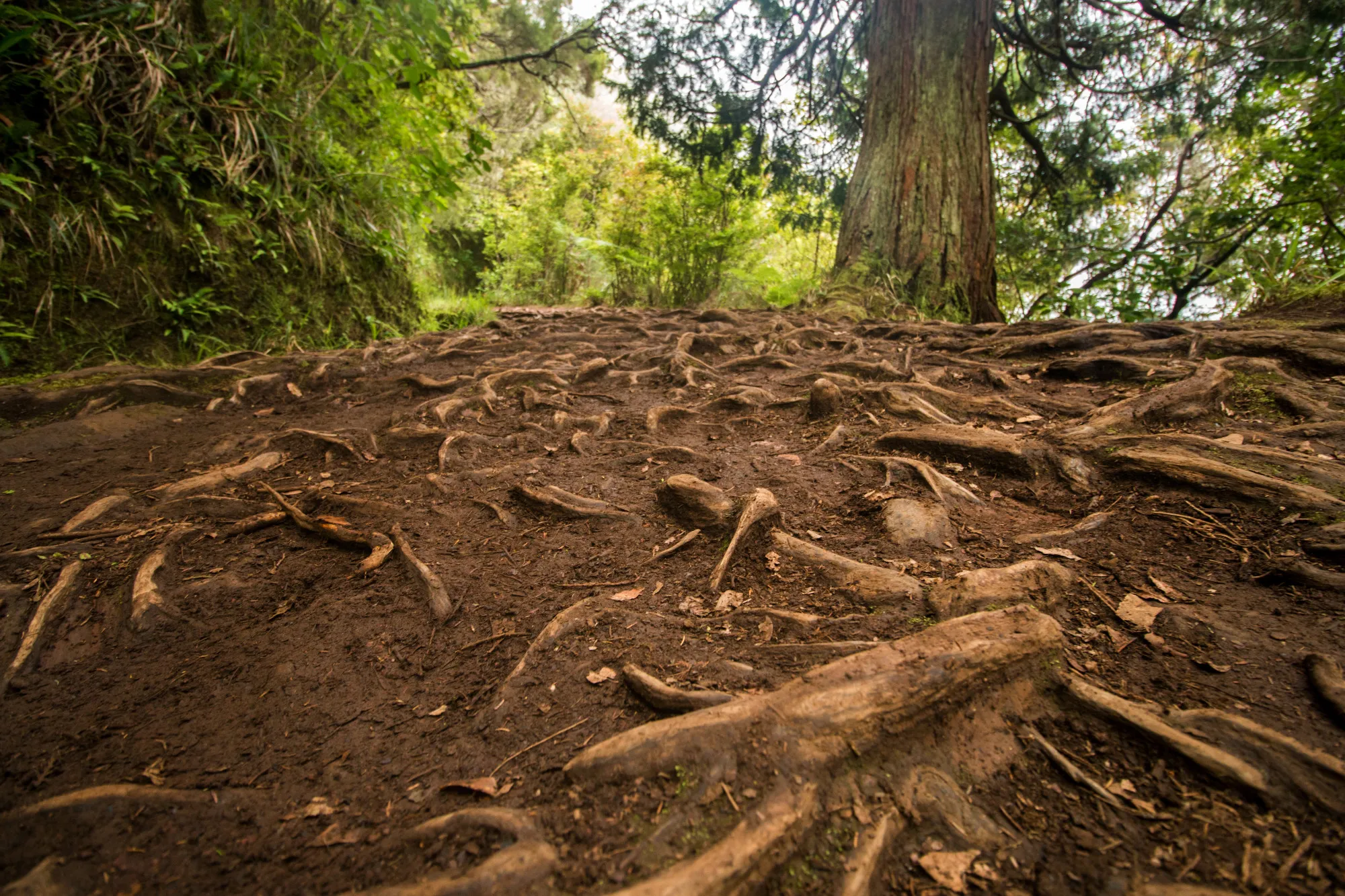Researchers from several Chinese universities and research centers published a groundbreaking study on January 14, 2024, in “The Science of the Total Environment,” exploring the combined effects of anthropogenic nitrogen (N) deposition and increased precipitation on soil microbial communities in a temperate forest. The study addresses an urgent need to understand how ongoing environmental changes affect the pivotal biological processes within forest ecosystems.
Abstract
The study, titled “Increased precipitation alters the effects of nitrogen deposition on soil bacterial and fungal communities in a temperate forest,” provides novel insights into how N deposition, alongside augmented rainfall, shapes soil microbial community dynamics, with significant implications for understanding ecosystem adaptations to global change.
An Intricate Experiment in a Temperate Forest
Conducted by principal investigators Dr. Liu Yang from the Sichuan Provincial Forest and Grassland Key Laboratory and Dr. Shen Weijun from the Guangxi Key Laboratory of Forest Ecology and Conservation, the study presents findings from a field manipulation experiment. N solution and water were applied to the forest canopy, mimicking natural N deposition and increased precipitation, over six to seven years.
The cross-disciplinary team, including experts like Dr. Wang Hang from the National Plateau Wetlands Research Center and Dr. Tan Xiangping from the South China Botanical Garden, sampled the litter layer, organic soil layer, and mineral soil layer over two years (2018-2019) to capture the temporal dynamics of this environmental interplay.
Shifts in Soil Microbial Diversity and Community Composition
According to the study’s DOI: 10.1016/j.scitotenv.2024.170017, the investigators found that increased precipitation and N deposition’s effects on soil bacterial and fungal communities vary by soil layer and timing.
Intriguingly, when N and water additions were combined (CNW), they reduced bacterial Shannon diversity in the mineral soil layer in 2018. Meanwhile, canopy N addition (CN) alone increased fungal OTU richness in the organic and mineral soil layers.
Distinct temporal patterns emerged, suggesting that soil microbial responses are not static; rather, they are dynamically shaped by the fluctuating interplay of environmental factors.
Fine-Tuning Ecosystem Understanding
This study is significant as it hones the understanding of belowground biotic responses to anthropogenic changes, which are typically less visible but underpin forest health and productivity. Soil microbes play crucial roles in nutrient cycling, soil structure maintenance, and plant health. The reported alterations in community compositions and the resulting impacts on these processes could have profound implications on forest ecosystems.
Complex Co-occurrence Networks Unveiled
Another key finding is the enhanced complexity of bacterial and fungal co-occurrence networks under combined N and water additions. Such increased complexity may imply greater resilience or stability of the microbial community, or conversely, it could represent an ecosystem in flux, adjusting to the new ‘normal’ of environmental conditions.
Sensitivity to Environmental Changes
One of the subtler yet vital insights from the research is the differential sensitivity of bacterial and fungal communities to increased precipitation and N deposition. While both are responsive, bacterial communities appear more sensitive to N deposition than fungi within organic and mineral soil layers.
By revealing these nuanced responses, the study paints a more detailed picture of soil microbial ecosystem adaptations, which is essential for predicting potential shifts in forest ecosystem functions under changing climatic conditions.
Impact and Future Research
The implications of this research stretch beyond academia into practical forestry management and conservation strategies. Understanding how microbial communities adapt to increased N deposition and precipitation can assist in developing more effective forest conservation and management practices.
Moving forward, the researchers advocate for long-term monitoring to further elucidate these dynamics and to inform policies that mitigate negative impacts on forest ecosystems. The team also suggests that future studies should explore functional changes in soil microbial communities in response to the combined effects of N deposition and precipitation.
References
1. Liu, Y., Wang, H., Tan, X., Fu, S., Liu, D., & Shen, W. (2024). Increased precipitation alters the effects of nitrogen deposition on soil bacterial and fungal communities in a temperate forest. Science of the Total Environment, 170017. doi:10.1016/j.scitotenv.2024.170017
2. Treseder, K.K. (2008). Nitrogen additions and microbial biomass: A meta-analysis of ecosystem studies. Ecology Letters, 11(10), 1111-1120. doi:10.1111/j.1461-0248.2008.01230.x
3. Allison, S.D., Wallenstein, M.D., & Bradford, M.A. (2010). Soil-carbon response to warming dependent on microbial physiology. Nature Geoscience, 3(5), 336-340. doi:10.1038/ngeo846
4. Luo, Y., Su, B., Currie, W. S., Dukes, J. S., Finzi, A., Hartwig, U., … & Field, C. B. (2004). Progressive nitrogen limitation of ecosystem responses to rising atmospheric carbon dioxide. Bioscience, 54(8), 731-739. doi:10.1641/0006-3568(2004)054
5. Zhou, J., Liu, W., Deng, Y., Jiang, Y. H., Xue, K., He, Z., … & Luo, F. (2011). Stochastic assembly leads to alternative communities with distinct functions in a bioreactor microbial community. mBio, 3(2), e00155-12. doi:10.1128/mBio.00155-12
Keywords
1. Forest Soil Microbial Dynamics
2. Nitrogen Deposition Impact
3. Increased Precipitation Effect
4. Soil Bacterial Community Adaptation
5. Fungal Communities and Climate Change
In conclusion, the authors Liu Yang, Wang Hang, Tan Xiangping, Fu Shenglei, Liu Dan, and Shen Weijun, deliver a comprehensive analysis that markedly advances our grasp of how human-induced environmental shifts affect the unseen but crucial microbial world beneath our forests’ canopies. Through meticulous research, their work paves the way for informed conservation decisions that promote the resilience of our forest ecosystems amidst the pressures of global change.
